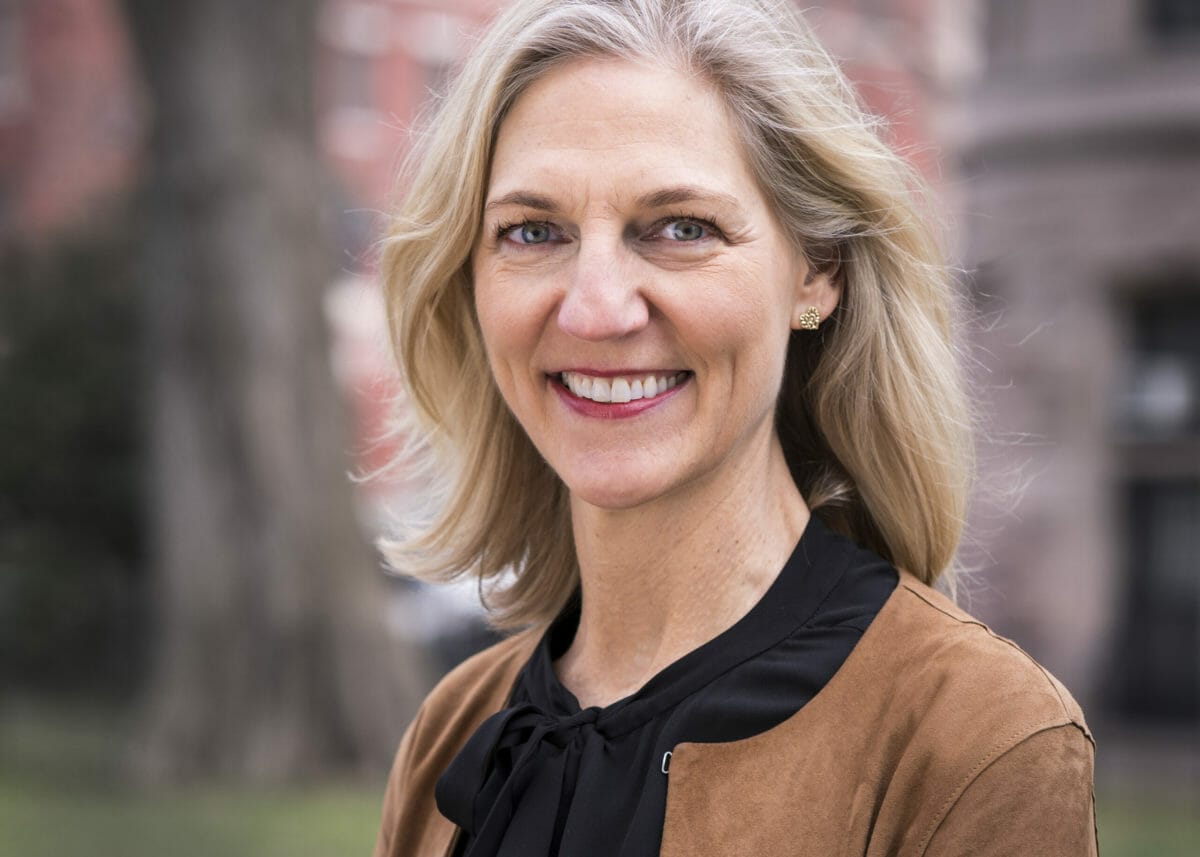The impact investing industry continues to grow, primarily driven by new fund launches, investment flows, and market demand. But a recent market breakthrough – the introduction of independent impact verification – promises to unleash a torrent of new institutional capital flows, helping mainstream the practice of impact investing while simultaneously levelling the playing field for all impact investors.
As the urgency of the world’s social and environmental challenges becomes more stark by the day, institutional investors are increasingly turning to impact verification to efficiently sort and compare impact products and to have confidence that impact claims will translate to impact outcomes.
Trust is the main barrier to the growth of impact investing
There has been dramatic growth in the impact investing industry in just the last few years. By one measure, according to the Global Impact Investing Network (GIIN), the total amount of assets under management with an impact focus is approximately $715 billion, up from $502 billion a year earlier.
By another measure, a recent report by the International Finance Corporation (IFC) estimates that impact investing in private markets could be as large as $2.1 trillion, but only about a quarter of that is consistently measured and managed for impact. An earlier IFC report suggested the potential investor appetite for impact investing across both public and private markets could be as much as $26 trillion.
Other positive signals of market growth include the growing number of large private equity firms launching impact funds (for example Apollo, Bain, Blackstone, KKR, TPG, etc.), which has helped spur more institutional investors like Prudential and the New York State Common Retirement Fund to allocate a portion of their portfolios to impact. More allocators are sure to follow, especially since investors are more influenced by peers than perhaps any other data point.
Despite this exponential growth, the impact investing market still falls far short of the scope and scale needed to address our urgent social, environmental, and economic challenges embodied in the UN Sustainable Development Goals (SDGs). The challenge appears even more daunting when considering that evidence is lacking as to whether those investment funds are actually contributing to the SDGs as much as they claim. For impact investing to evolve from a niche to a mainstream practice, much more institutional capital will be needed from the pension funds, sovereign wealth funds, corporations, and foundations of the world.
However, the lack of trust in the impact label still represents a significant barrier for asset owners looking to allocate to impact. To unlock capital flows, asset owners need a way to identify best-in-class impact investors and to have confidence that impact claims will turn into impact results. In other words, the impact investing market needs a reliable tool to fight impact-washing.
Impact verification is a game-changer for the market
The solution to these market barriers is independent verification, just as it has been in just about every other commercial market. Consider that every product or service market that achieved scale – whether automobiles, organic produce, or rated bonds – has done so thanks to a set of shared standards and a mechanism for holding market participants accountable to those standards.
The impact investing market has no shortage of standards, but what’s been missing until recently is a third-party accountability mechanism. The Operating Principles for Impact Management, launched by the IFC and a group of 60 founding signatories in April 2019, represented a game-changing moment for the impact investing industry because they included a requirement for all signatories to regularly and independently verify their alignment with the principles.
BlueMark has seen first-hand how transformative verification can be for the impact investing market. We began verifying a few of our clients shortly after the impact principles were introduced, and in 2020 launched an independent impact verification business called BlueMark to meet the growing market demand for high-quality and incisive verification services. To date, the BlueMark team has completed 20 impact verifications, including 16 verifications for signatories to the operating principles, representing about 40 per cent of the verifications published to date.
We specifically designed our verification methodology to address the barriers preventing more institutional capital from flowing to impact. Instead of simply providing a ‘check-the-box’ service, we approached each verification assignment with the same level of rigor that institutional investors approach the due diligence of fund managers. We sought to strengthen trust in impact investing by bringing three specific benefits to the market:
- Accountability – By evaluating whether impact investors’ practices and performance are aligned to accepted market standards
- Discipline – By encouraging transparency, adoption of industry best practices, and shared learning that continuously raises the bar for performance
- Comparability – By establishing benchmarks and ratings that allow stakeholders to compare different approaches to impact investing on a consistent basis
These benefits represent more than just a nice-to-have for impact investors; for the impact investing industry to scale with integrity, we need asset managers and asset allocators on the same page when it comes to understanding and executing on best practices.
Right now, it tends to be the allocators pushing for independent verification. Indeed, we have had multiple institutional investors come to us asking to conduct an impact verification, either to evaluate an existing impact manager in their portfolio or as a way to diligence a prospective manager prior to making an allocation. This embrace of verification signals that institutional investors struggle to differentiate between the many different impact funds in the market, and shows the value of an authoritative third-party voice that can help streamline portfolio management and allocation decisions.
Lessons learned from impact verification
The early evidence from these impact verifications shows their transformative potential to scale the market. In April 2020, we published our initial findings based on 13 verifications in a report titled, “Making the Mark: Investor Alignment with the Operating Principles for Impact Management.” Although a small sample size, some critical trends about best practices and shared challenges came into sharper focus.
For instance, we found that impact investors generally excel at articulating their impact intentions and have made significant strides to operationalise those intentions across their investment portfolios by aligning their investments with the Sustainable Development Goals (SDGs) or other accepted market standards. However, impact investors have more work to do when it comes to engaging with investors to support the achievement of impact, including monitoring unintended impacts and aligning incentives with the achievement of impact.
The most common theme from these verifications is that impact investors are committed to continuously making improvements to their impact management practices, a process made possible through independent verification. Anecdotally, we have heard from several clients who went into the verification exercise expecting to receive high marks, only to realise how much work they still have to do to align with best practices. This self-realisation is an important part of each investor’s individual impact investment journey and the impact investing market as a whole, helping to constantly raise the bar by holding everyone to a continuously rising standard.
Some may argue that a requirement for impact verification represents an additional and unnecessary cost of entry, especially for asset managers looking to launch or market their impact funds. But we believe that for impact investing to succeed and help bring about a fundamental reshaping of our financial systems, independent impact verification is as essential as the auditing of financial performance.
The overlapping crises of the past few months – from climate change to COVID-19 to racial injustice – have taught us that our social, environmental, and economic systems are inexorably intertwined. A few more billion dollars into impact funds won’t come close to meeting the urgency of the moment. We need impact investment at scale, but impact investment that is ingrained with the kind of processes and practices necessary to scale with integrity.
The best way forward is a system-wide commitment to transparency and accountability. Impact verification is a key step in that transformation, and will help unlock not just billions of dollars, but trillions of dollars of capital.
Christina Leijonhufvud is the chief executive of BlueMark, a Tideline company that provides impact verification services for investors and companies.




